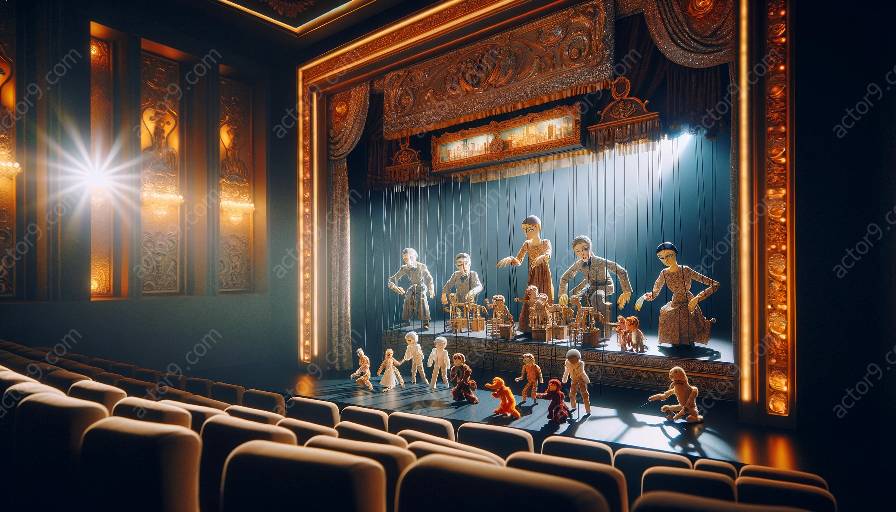Puppetry has a long and fascinating history that intertwines with the evolution of acting, theater, and the performing arts. From ancient traditions to modern innovation, the art of puppetry has captivated audiences and artists across cultures and generations.
Origins and Early Development:
Puppets have been a part of human expression for thousands of years, with evidence of their existence dating back to ancient civilizations. In ancient Egypt, Greece, and Rome, puppets were used in religious ceremonies, storytelling, and entertainment. The earliest forms of puppets were often simple figures made of clay, wood, or fabric, manipulated by hand or using strings.
Asian puppetry traditions, such as the intricate shadow puppets of China and Indonesia, also have a rich history dating back to ancient times. These early puppetry forms served as a means of communication, cultural preservation, and artistic expression.
The Renaissance and the Golden Age of Puppetry:
During the Renaissance in Europe, puppetry experienced a revival as a popular form of entertainment. Intricately crafted marionettes and hand puppets became a staple in the courts of kings and queens, and puppetry troupes traveled throughout Europe, captivating audiences with their performances.
One of the most renowned puppetry traditions to emerge during this period was the Italian commedia dell'arte, which featured colorful characters and intricate puppetry techniques. These performances greatly influenced the development of acting and theatrical storytelling, blurring the boundaries between puppetry and live theater.
The Modern Era and Global Influence:
As the performing arts continued to evolve, puppetry adapted and found its place in diverse cultural contexts around the world. The 20th century saw the emergence of groundbreaking puppetry artists, such as Jim Henson, whose innovative puppetry techniques and creations, including the beloved Muppets, revolutionized the art form and paved the way for puppetry to reach new heights of popularity.
Contemporary puppetry continues to inspire and influence the performing arts and theater, with artists pushing boundaries and exploring new technologies to create mesmerizing and thought-provoking puppet performances. From traditional puppetry styles to experimental multimedia productions, the art of puppetry remains a vibrant and essential part of the global arts landscape.
Interplay with Acting and Theater:
Puppetry's historical and cultural significance has deeply influenced the realms of acting and theater. The relationship between puppetry and acting is intricate, with puppetry techniques often informing and enriching the craft of acting. In turn, the expressive storytelling and character portrayal in acting have inspired puppetry artists to expand the artistic possibilities of their craft, creating compelling narratives and characters through the manipulation of puppets.
Theater has also been profoundly impacted by puppetry, as the integration of puppets into live performances has broadened the scope of theatrical storytelling. Collaborations between puppeteers and theater directors have resulted in groundbreaking productions that seamlessly blend puppetry with traditional acting, offering audiences a multisensory and visually stunning theatrical experience.
Conclusion:
As an art form that transcends time and borders, puppetry continues to weave its way through the tapestry of human expression, leaving an indelible mark on the performing arts, acting, and theater. Its rich history, diverse traditions, and ongoing evolution serve as a testament to the enduring power of imagination and artistry, captivating and inspiring generations of audiences and artists alike.


























